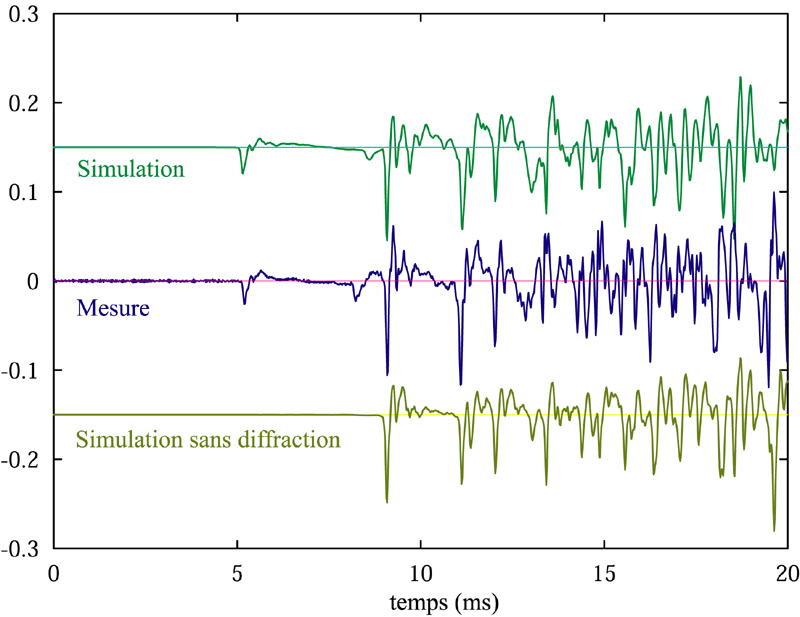Section: Research Program
High Quality Rendering Using Simulation
Non-diffuse lighting
A large body of global illumination research has concentrated on finite element methods for the simulation of the diffuse component and stochastic methods for the non-diffuse component. Mesh-based finite element approaches have a number of limitations, in terms of finding appropriate meshing strategies and form-factor calculations. Error analysis methodologies for finite element and stochastic methods have been very different in the past, and a unified approach would clearly be interesting. Efficient rendering, which is a major advantage of finite element approaches, remains an overall goal for all general global illumination research. For certain cases, stochastic methods can be efficient for all types of light transfers, in particular if we require a view-dependent solution. We are also interested both in pure stochastic methods, which do not use finite element techniques. Interesting future directions include filtering for improvement of final image quality as well as beam tracing type approaches [30] which have been recently developed for sound research.
Visibility and Shadows
Visibility calculations are central to all global illumination simulations, as well as for all rendering algorithms of images and sound. We have investigated various global visibility structures, and developed robust solutions for scenes typically used in computer graphics. Such analytical data structures [26] , [25] , [24] typically have robustness or memory consumption problems which make them difficult to apply to scenes of realistic size. Our solutions to date are based on general and flexible formalisms which describe all visibility event in terms of generators (vertices and edges); this approach has been published in the past [23] . Lazy evaluation, as well as hierarchical solutions, are clearly interesting avenues of research, although are probably quite application dependent.
Radiosity
For purely diffuse scenes, the radiosity algorithm remains one of the most well-adapted solutions. This area has reached a certain level of maturity, and many of the remaining problems are more technology-transfer oriented We are interested in interactive or real-time renderings of global illumination simulations for very complex scenes, the "cleanup" of input data, the use of application-dependent semantic information and mixed representations and their management. Hierarchical radiosity can also be applied to sound, and the ideas used in clustering methods for lighting can be applied to sound.
High-quality audio rendering
Our research on high quality audio rendering is focused on developing efficient algorithms for simulations of geometrical acoustics. It is necessary to develop techniques that can deal with complex scenes, introducing efficient algorithms and data structures (for instance, beam-trees [27] [30] ), especially to model early reflections or diffractions from the objects in the environment. Validation of the algorithms is also a key aspect that is necessary in order to determine important acoustical phenomena, mandatory in order to obtain a high-quality result. Recent work by Nicolas Tsingos at Bell Labs [28] has shown that geometrical approaches can lead to high quality modeling of sound reflection and diffraction in a virtual environment (Figure 2 ). We will pursue this research further, for instance by dealing with more complex geometry (e.g., concert hall, entire building floors).
|
Finally, several signal processing issues remain in order to properly and efficiently restitute a 3D soundfield to the ears of the listener over a variety of systems (headphones, speakers). We would like to develop an open and general-purpose API for audio rendering applications. We already completed a preliminary version of a software library: AURELI [31] .



